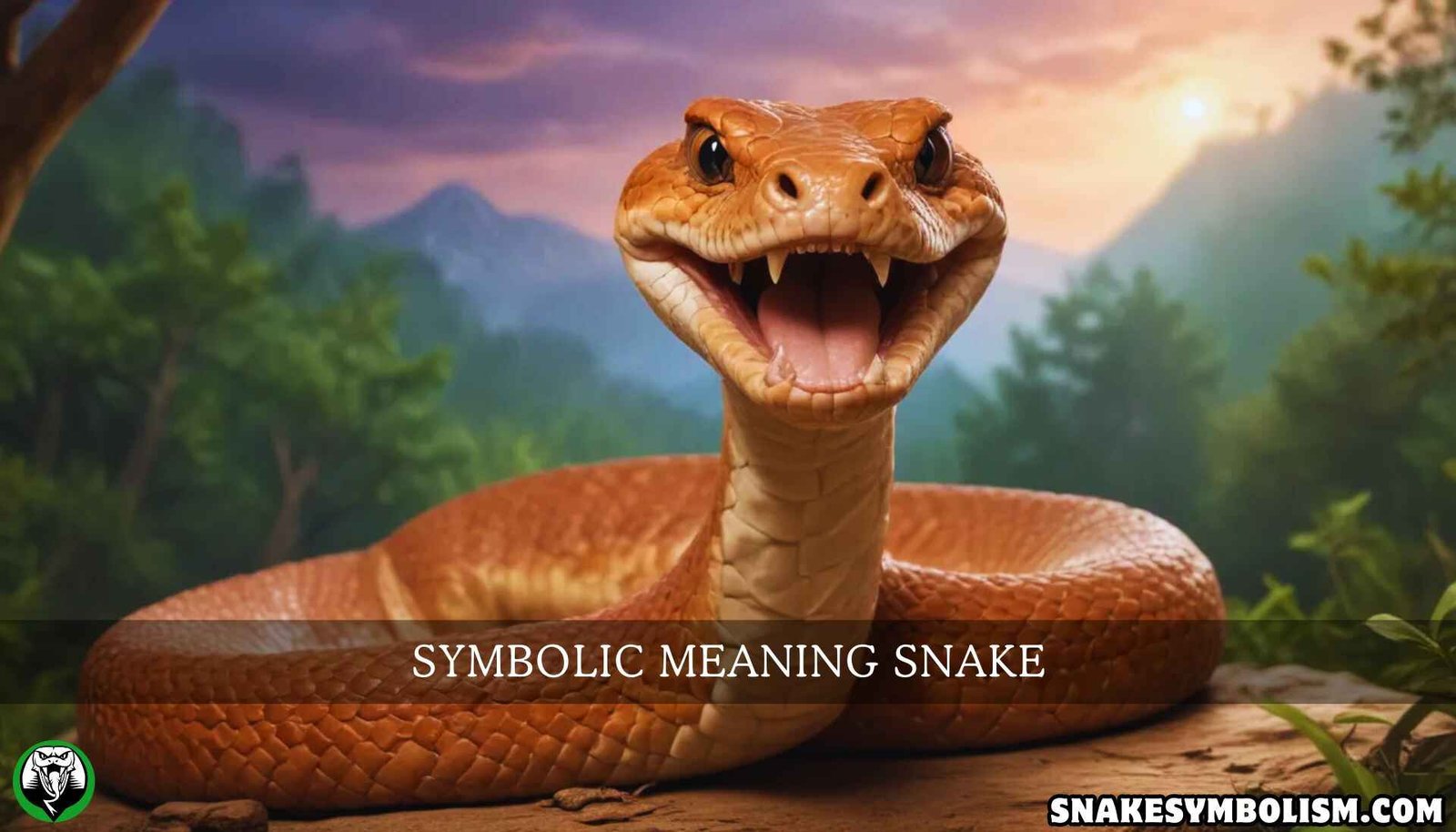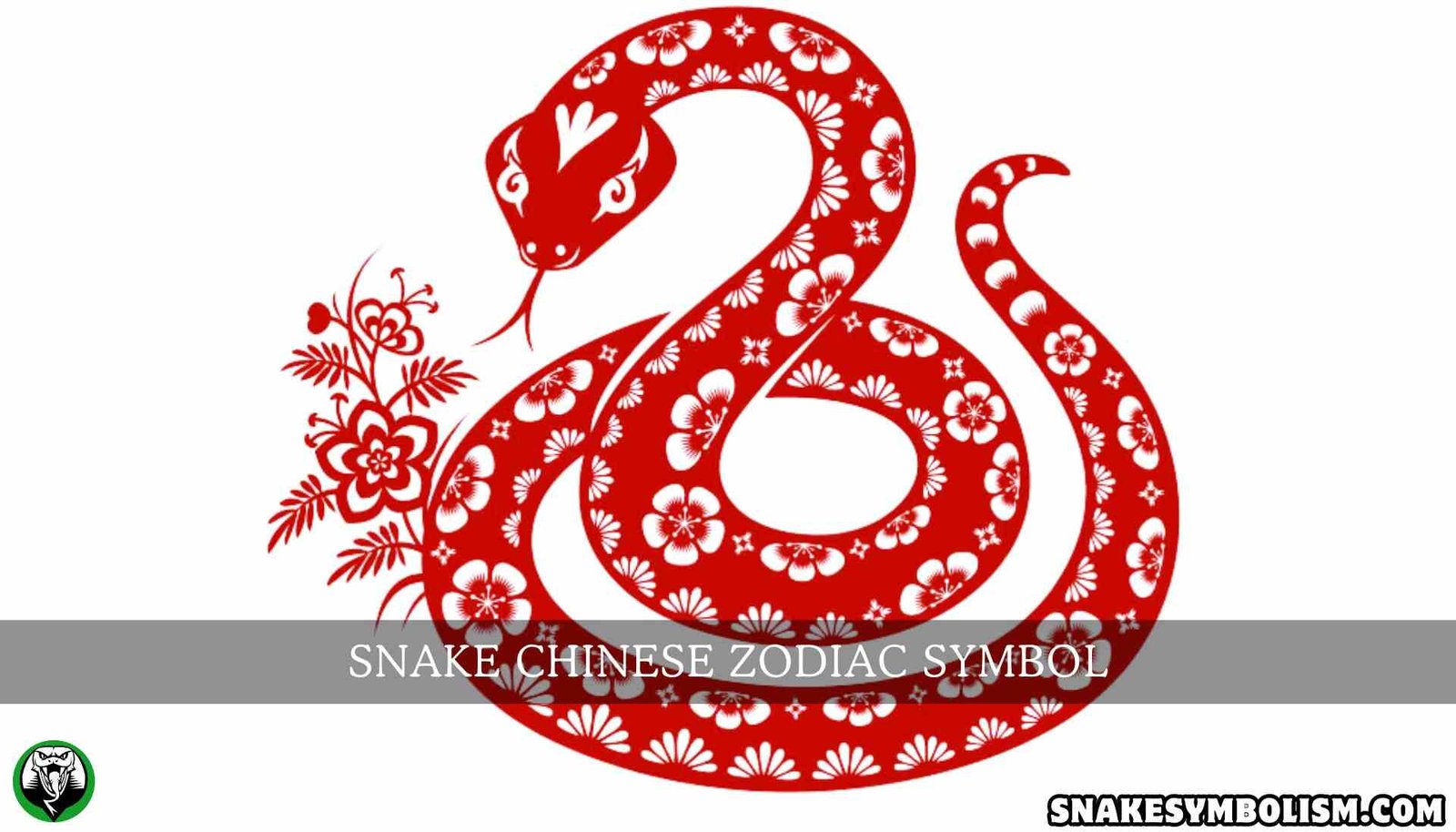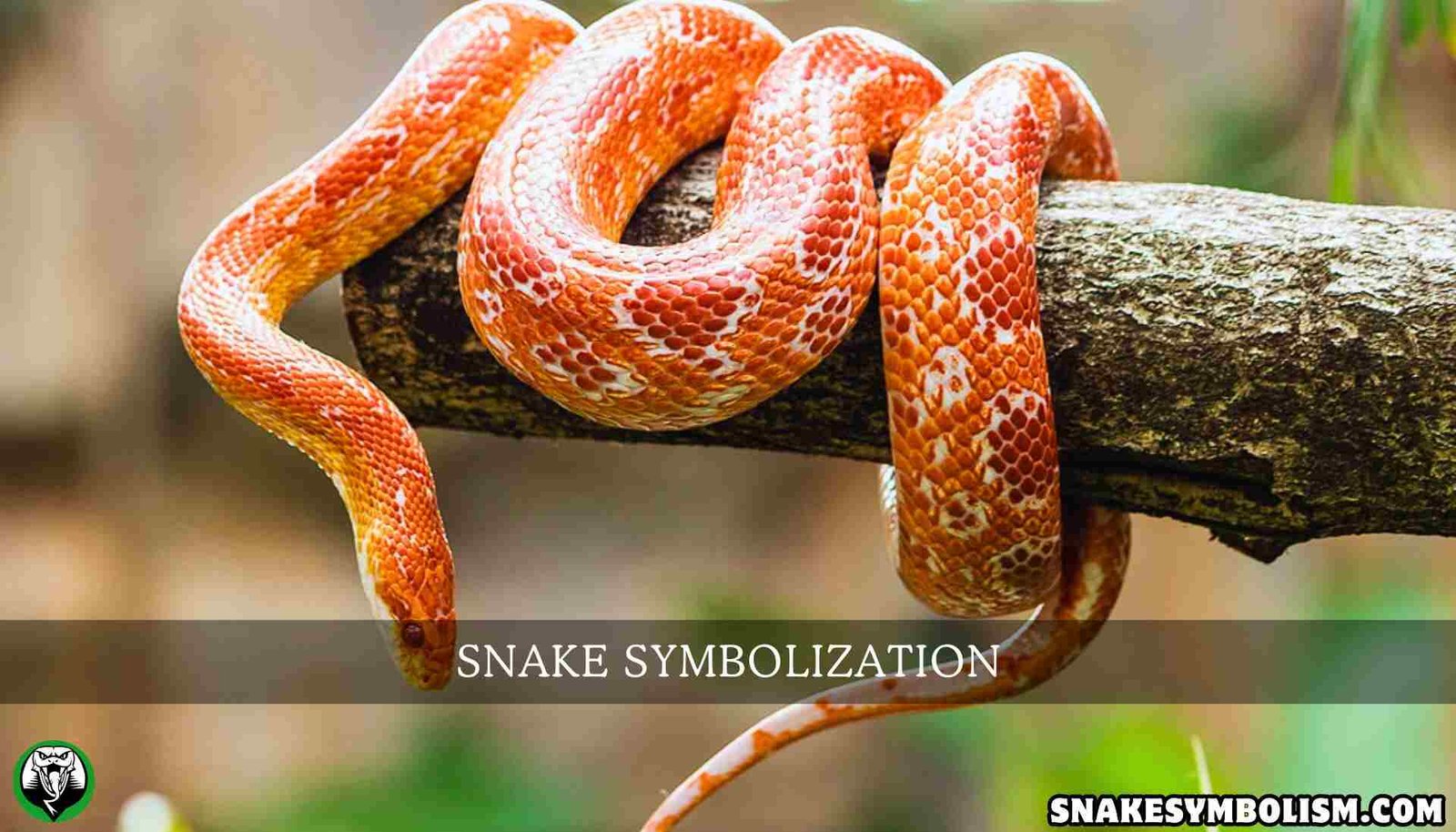Introduction
The symbolism of snakes has fascinated man for ages as witnesses everyday occurrences in fable, scripture, and different cultural emblems. The odd classroom creatures of the weird classroom, the snakes have a number of symbolism; The good such as wisdom, healing, rebirth and development, transformations, and the evil dangers and deceit amongst others. In this article, we will concentrate on how different religions and cultures view snakes, and how this applies to spirituality and development.
The Dual Nature of Snake Symbolism
The symbolism of snakes can be understood in some ways. As frequently noted in the discourse about snakes, snakes are both feared and worshiped by man. This leads to these aspects:
- Rebirth and transformation: As snakes grow, they cast off or shed their old skin. A lot of the time, snakes have been associated with things relating to one way or the other, that is transformation or even renewal. And so this skin expression symbolization is one of personal evolution, destruction of the old and even more beautiful and a new start, therefore, snakes are powerful signs of renewing the expensive earth and people.
- Wisdom and Knowledge: All over the world, especially in Eastern cultures, snakes have always been to mean some form of secrets or deep knowledge. They are also known to be protectors of the burial grounds, and holy sites or even bring experts on such forms of knowledge essential for mankind’s enlightenment.
- Danger and Deception: Even in considering the darker side of things, snakes encumber pain and fester betrayal because of their poison, and tantalizing charm. Culturally, in Christianity, and many other societies, the snakes often connote treacherous or deceptional virtues and temptation.
Snakes in Mythology and Religion
- Egypt
In Ancient Egyptian beliefs, snakes hold two opposing meanings; a positive and a negative. On one hand, the cobra was accepted in about every royal crown and was considered to be a guardian to the Pharaohs; it represented power along with the care of gods. The goddess Wadjet was depicted in the form of a snake and was also worshipped for her role as a protector. At the opposite end of the spectrum is the snake goddess Apep (or Apophis) who was a serpent of darkness, and evil who fought the order of cosmos, personified as the sun god Ra.
- Hinduism
Unlike Buddhism, through pagan rituals, snakes are primarily connected with death and the afterlife in Hinduism beliefs. The God Ahirbudhny, represented as a snake, is believed, in the Jain tradition, to hold the universe in its mouth. Furthermore, the figure of the coiled snake at the bottom of the spine, known as Kundalini energy, is essential to the practice of yoga. When it is raised through the chakras can lead to enlightenment and the self.
- Christianity
There is a negative connotation to the deep-seated significance of snakes in Christianity. The snake in the Garden of Eden who succored woman to partake of the apple has been symbolized as evil, sin, and the downfall of man. This evil association of snakes in Christianity has been embraced in Western culture where snakes are regarded as malicious and treacherous animals.
Nonetheless, there are also some positive features in Christian symbols concerning snakes. In the Old Testament, to help people bitten by snakes, Moses made a bronze serpent at the request of Jehovah, which foreshadows both the cross and the healing of Christ.
- Greek Mythology
Besides, in Greek mythology, snakes symbolize either healing aspects or terror. One of the pertinent stories reveals Asclepius, the god of medicine, in which snakes feature as well, and even his staff with a snake wrapped around it is a symbol of medicine and healing to this day. Thus it was in connection with the snake that the ideas of renewal and healing were associated deriving from the snake’s ability to change the skin.
On the contrary, the mythical character Medusa who possessed snake hair was all about death, danger, and stone-cold nincompoopism thus encapsulating the negative side of snake symbolism.
Read Previous – Arrow with Snake Symbol Skyrim
Indigenous And African Cultures
Within the confines of a few indigenous as well as African cultures, it is evident that the symbolic meaning attached to snakes is quite central to fertility, life, and the divine aspect. In Aboriginal Australian mythology, the Rainbow serpent is one of the storytellers, which exudes creation, fertility, and both the physical and the spiritual realms.
In most African societies, snakes are adored and are symbolic of burial, metamorphosis, and fertility. For example, the Zulu people, regard snakes as spirit guardians of the ancestors who protect the living.
Spiritual And Psychological Aspects Of Snakes
· Rebirth and Transformation
since the snake must shed its skin in the course of growing, it is used as a symbol for a person’s growth which emanates from letting go of normal living, negative feelings, or obsolete views. It is also claimed by many religious alternatives that the snake represents the inner animal of people tormented by hidden gemstones, who are going through trying situations of exchanges or spiritual renaissance.
· Energy of Kundalini
According to the traditions of Hinduism and Yoga, the snake is a metaphor for the curled Kundalini energy at the base of the spine. It is said to rise upward along the spine like a snake when appropriately invoked. This leads to the opening of every chakra till one reaches enlightenment. Within the connotation of this great Eastern nutrition, snake symbolism relates very much to the ‘process of becoming more and more self-aware’ means to attain higher states of consciousness.
· Healing and Medicine
From various cultures’ perspectives, snakes embrace the healing attributes. One such is the Indian Asian or Roman Legend, where the image of a serpent wrapped around the staff is stylized as a capital letter T. This square circle symbolizes the physician even now. Here, healing is in the form of a snake which is also associated with progress or advancement explains the healing process of amending the damaged parts on their own.
· The Shadow Side: Fear and Danger
Typically, snakes represent either healing and its benefits or the transformation of the individual, this does not discount the fact that they can stand for other negative issues in the deepest depth of the center. From a psychological perspective, a portion of one’s personality that can be referred to as the snake is that which is normally fractured. Hence, an understanding of these symbolisms of snakes is to remind a person of running away from depression or the darker side of human nature.
Cultural Explanation of Snakes
· Chinese Culture
According to the snakes meaning in cultures, in this case, Chinese culture, snakes are associated with wisdom, perception, and enigma. It is one of the 12 animals in the Chinese Zodiac so people born under this sign are believed to be intelligent people who are tactful and collected. But these people are also considered to be rather reserved and anti-social, much like a snake in real life.
· Western Culture
The snakes meaning in cultures, particularly that of modern Western civilization, has been so colored by Christian dogmas whereby they are depicted as fundamentally treacherous. The cultural representation of the snake in Western society is not all doom and gloom. Due to the rise of interest in the related fields of healing and spiritualism snakes have become more accepted as markers of change, health, and inner God.
Conclusion: The Cultural Meaning of Snakes
The snakes meaning in cultures and religions is just as intricate and diverse as the very energies that they represent. Snakes have been associated with rebirth and wisdom while others view them as symbols of fear and treachery. Snakes are well-loved, so strange are their attitudes towards mankind. Their opposition coincides with opposite of the life itself: growth, health, and facing one’s fears.
Snakes are respected as either healers, guardians, or tricksters, but still maintain their mystique, negative connotation, and respect. To grasp their symbolism enables us to look at various variants of metamorphosis and self-enhancement that assist in discarding the old and welcoming the new.
FAQs
Q: How do different cultures use snakes in symbolism?
A: Different cultures interpret the symbolic language of the snake differently. Common interpretations include rebirths, knowledge, changes, and mortality. For instance, ancient Egyptians and modern Hindus worship snakes as deities of salvation, while Malians believe they come with contagion.
Q: How and why are snakes considered symbols of transformation?
A: The snake because of how it sheds its skin is considered to represent a transformational meaning. But since it is a very often practiced way of discarding the old skin to join the new one, it helps one to progress in terms of growth lest backward.
Q: How are snakes used to symbolize things in Christianity?
A: Snakes have a negative connotation in Christianity as they are often synonymous with temptation, evil, and lies. The serpent in the book of Genesis which seduced Eve is a well-worn tale where the snake lured Eve thus causing the fall of man.
Q: In Hinduism, what part do these snakes play?
A: In Hinduism, the meaning of snakes is pretty much a positive one as it stands for death and rebirth or one who is eternally waking up. The serpent god Shesha holds up the world and the kundalini is the latent energy that feels like a snake that has been coiled up.
Q: What is the connection between snakes and the practice of medicine?
A: The snakes have been described as healers owing to their ability to transform themselves by shedding their skins. This concept is also depicted in the Rod of Asclepius of Greek mythology – teller of the healing of “sick” people.
Stay connected and updated with – SnakeSymbolism!






